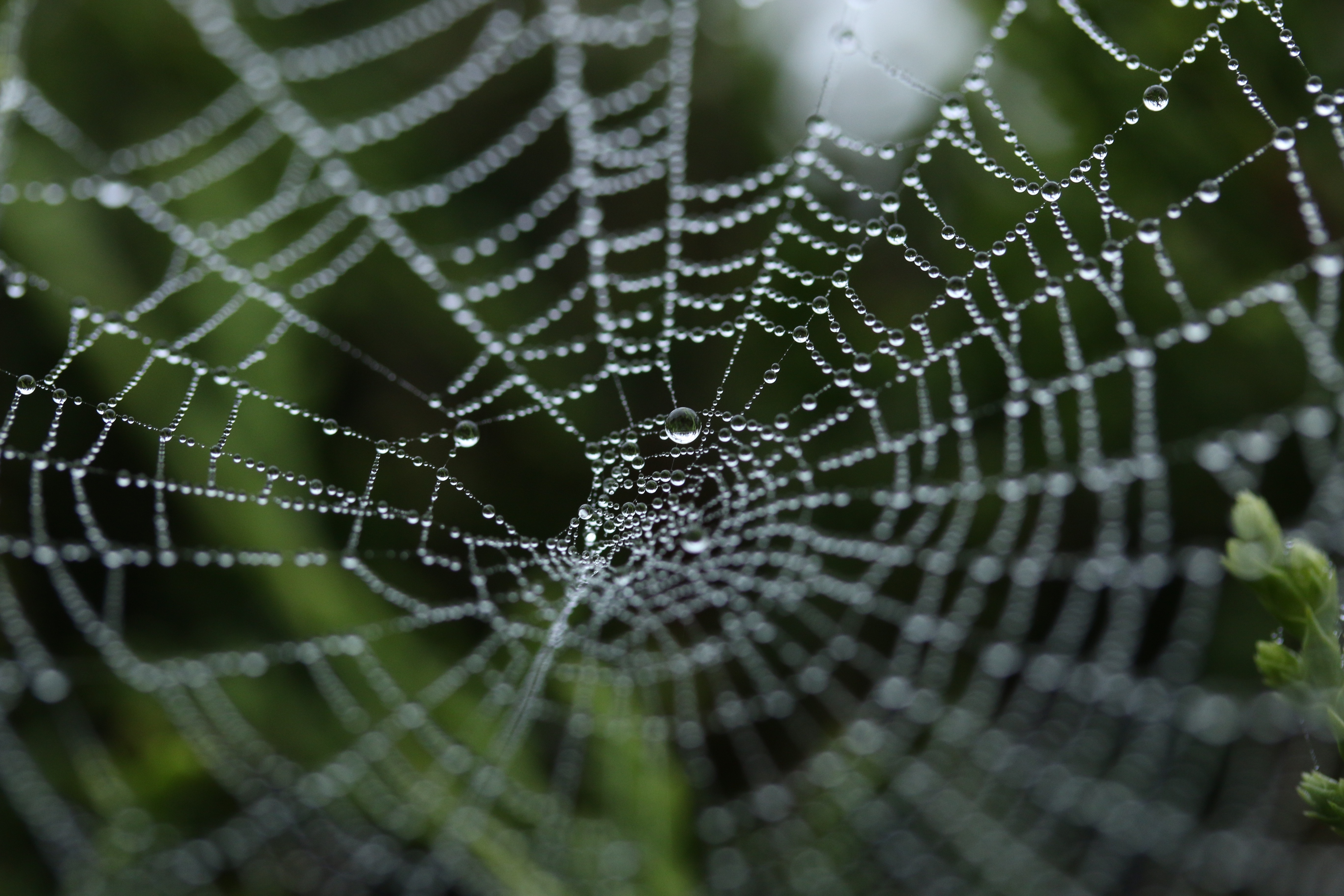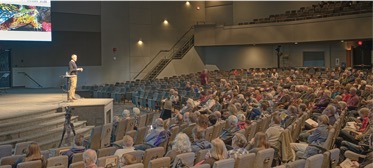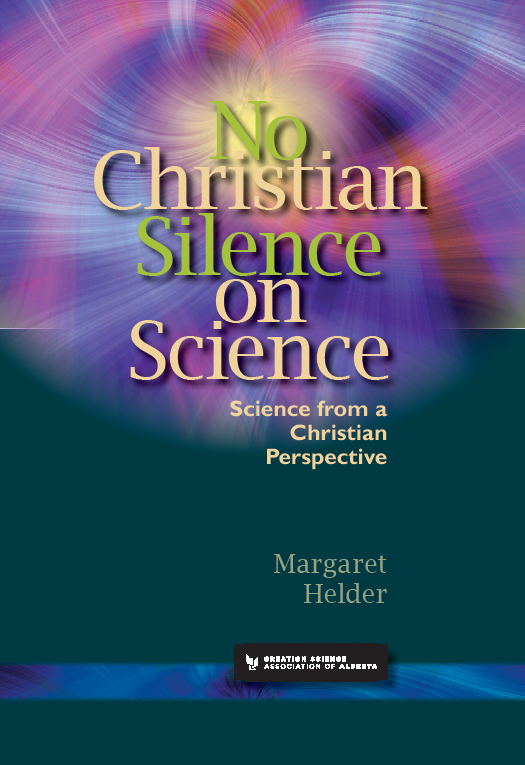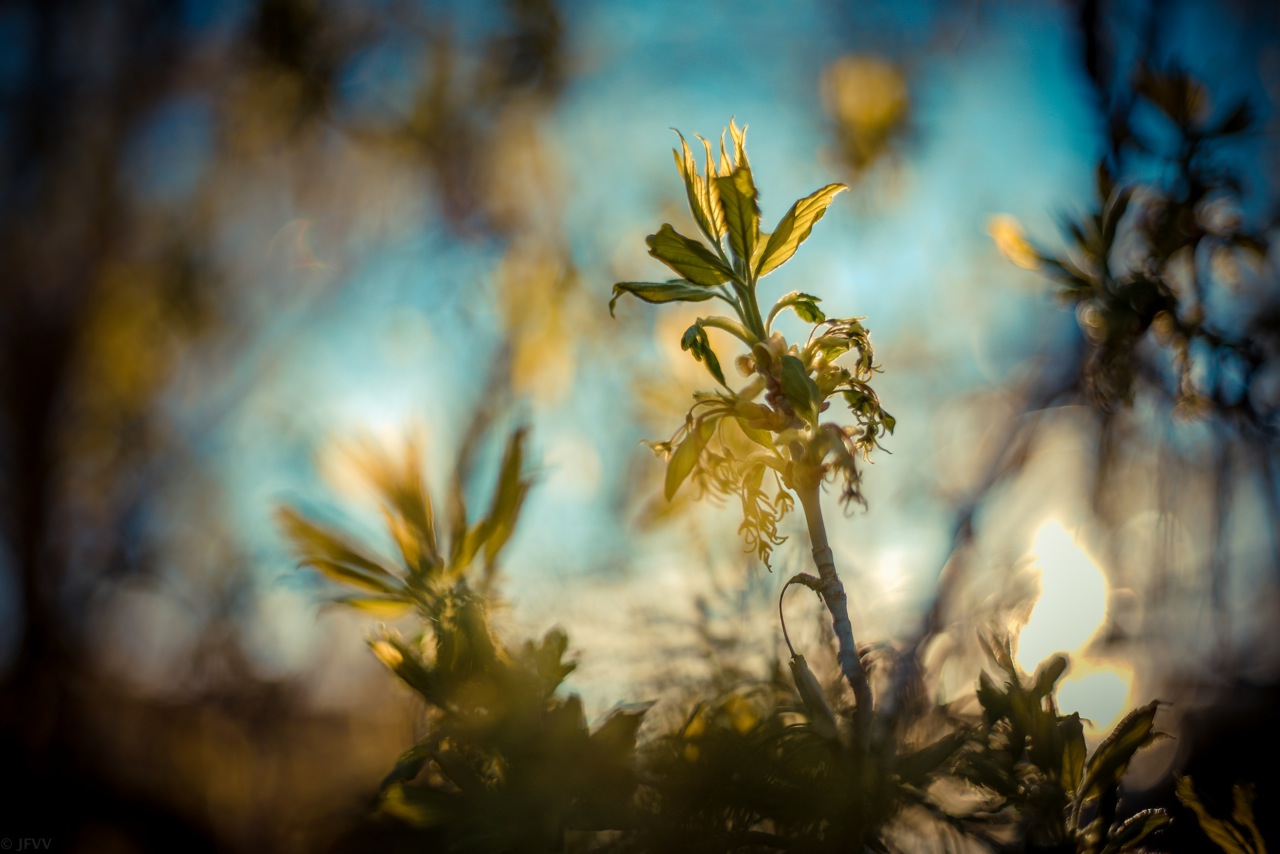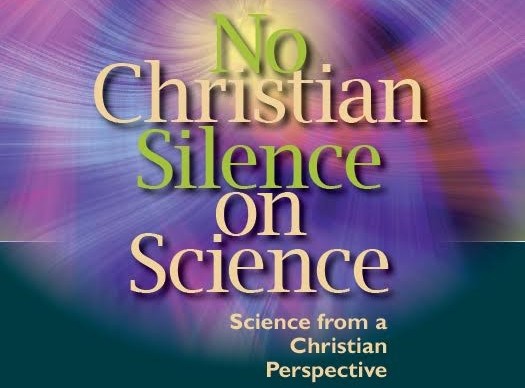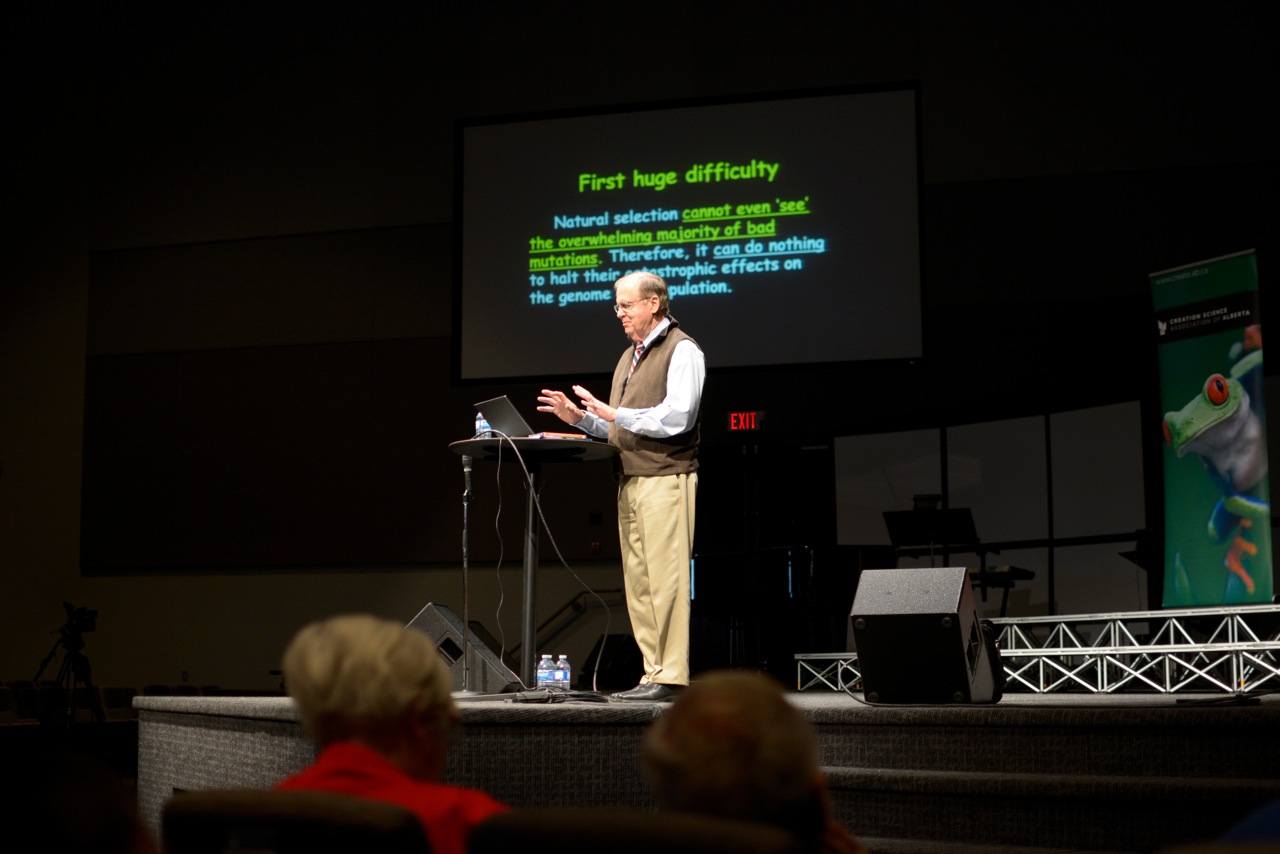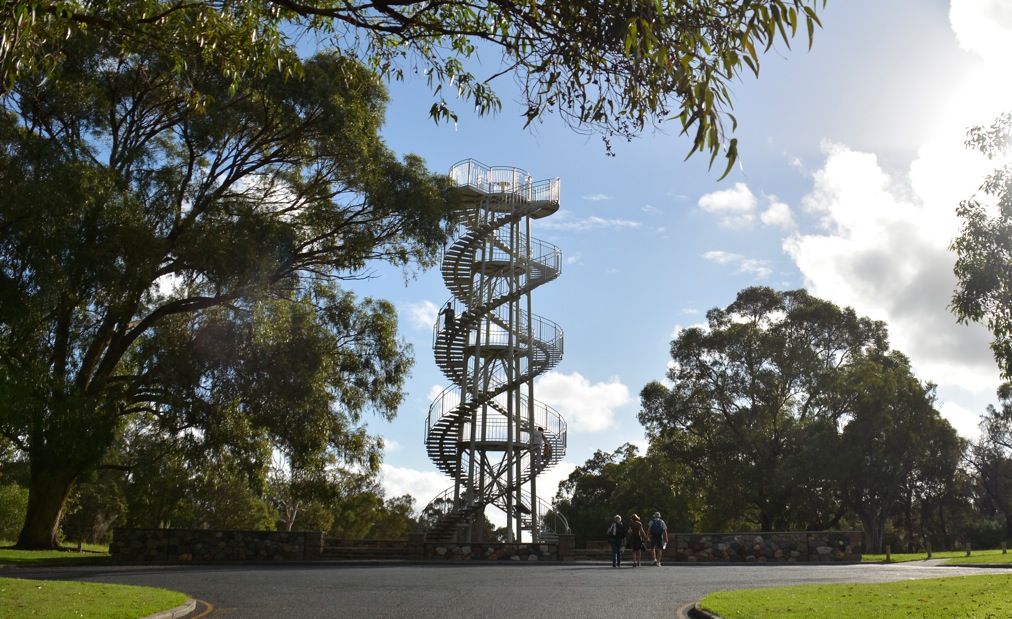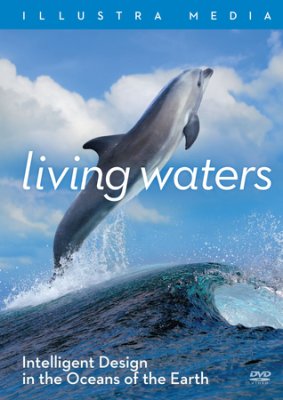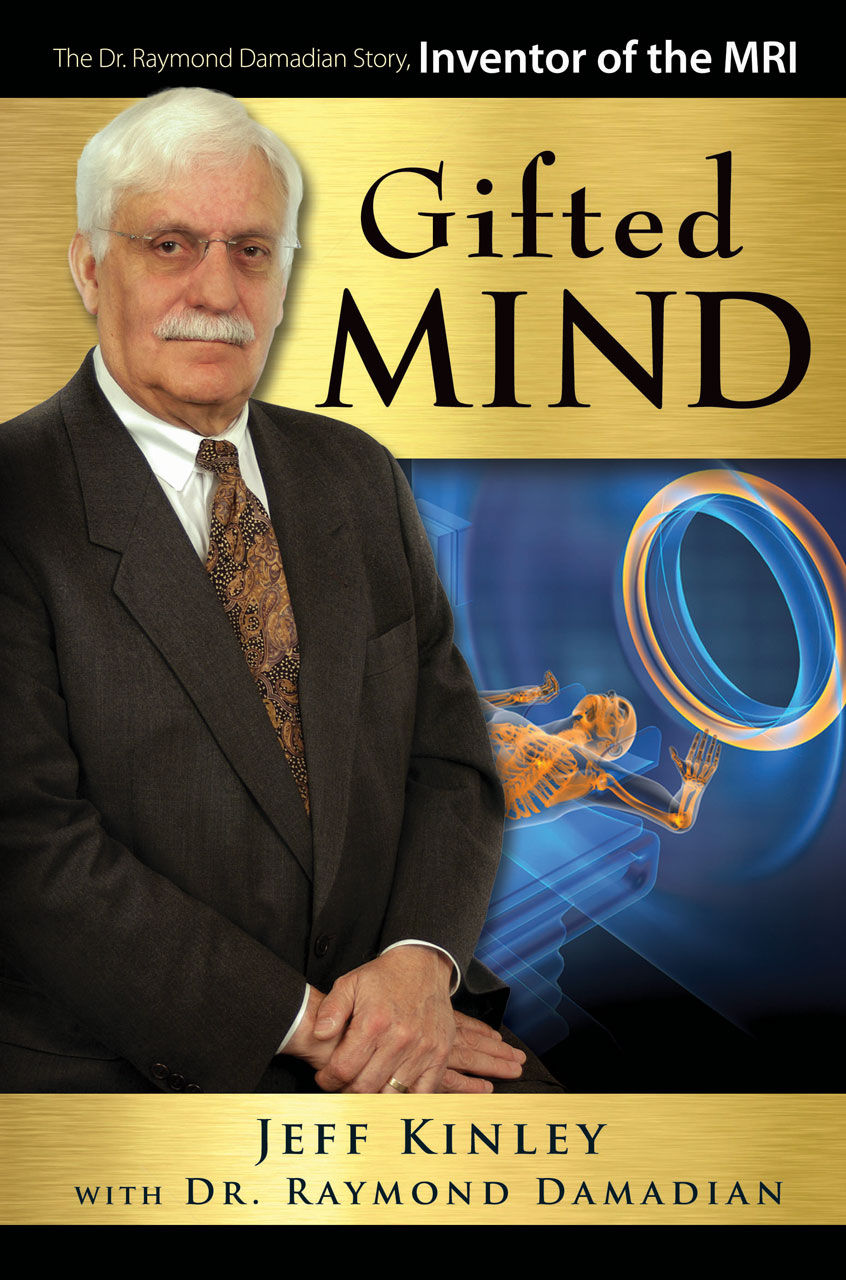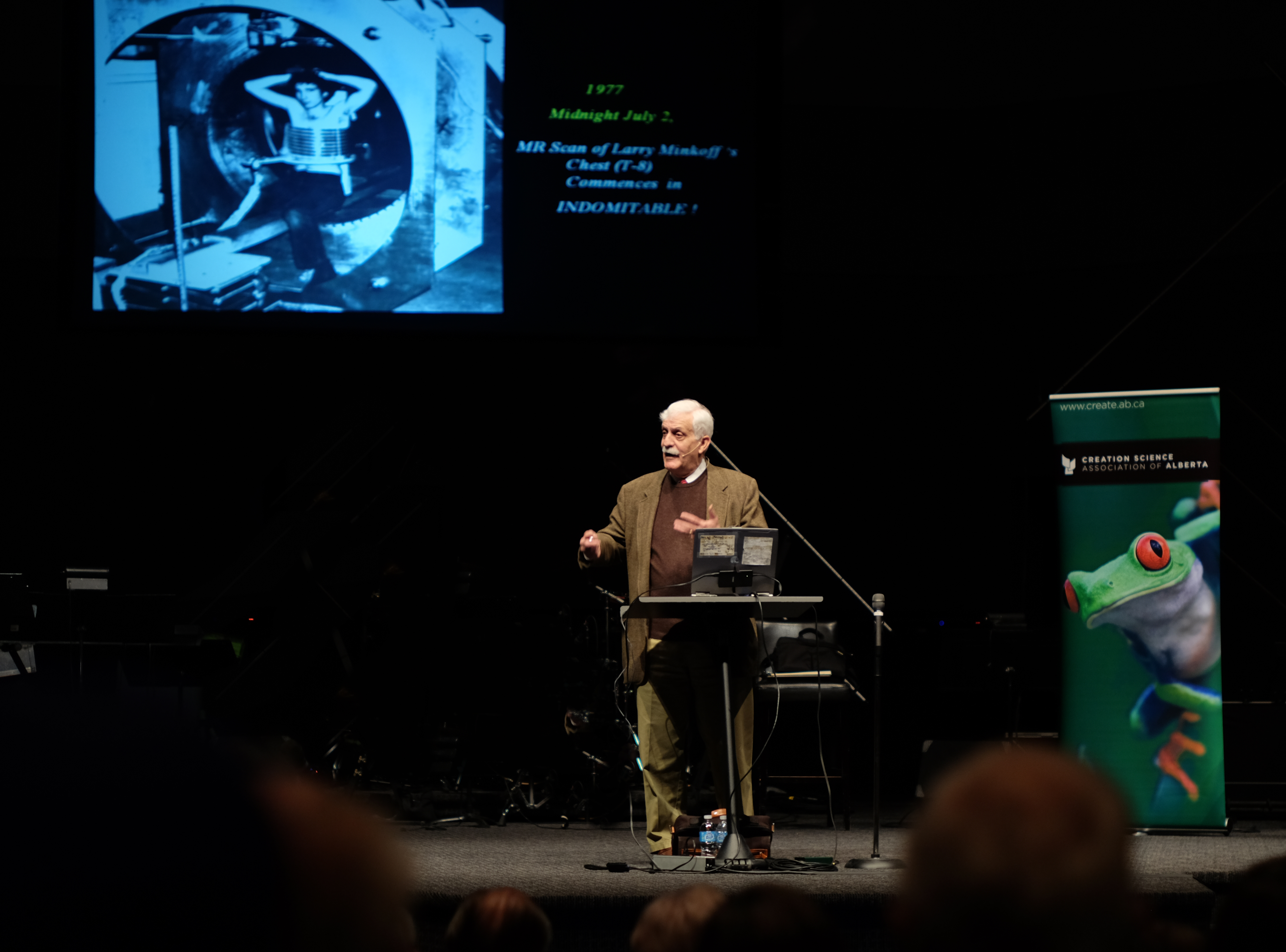Articles » Biology
Genetic information is so detailed that questions often arise as to where it came from. Genes may either be homologues to genes in other species (similar in composition to genes in other organisms and assumed to have originated from a common source), or they may be entirely different. These different genes are called orphan genes. Orphan genes (often spelled ORFan genes) are species specific genes that are significantly different from all other known genes, and are thus genetically isolated from the enormous set of genetic possibilities. Read the rest of this entry »
During his second lecture at Creation Weekend 2018, Dr. Gordon Wilson stimulated our appreciation of the creation with his presentation entitled “The Magnificence of the Mundane” The words in the title, he pointed out, are actually contradictory. While the word “magnificence” communicates excitement, the term “mundane” suggests that something is boring or dull. But what he wanted to share with us is that God’s work in creation is amazing, displaying God’s wisdom and finesse (Ps. 104:24). And in this context, we are told that King Solomon, full of wisdom, spoke about trees, herbaceous plants, beasts, birds, reptiles and fish (I Kings 4:33). Read the rest of this entry »
Dr. Gordon Wilson’s presentations at Creation Weekend 2018 were extremely well received. The first lecture dealt with natural evil. Mankind has long pondered why our beautiful creation is so full of cruelty and death. Indeed our ecology as it is now, runs on death. And many creatures survive entirely by consuming other creatures. The big question, Dr. Gordon Wilson declared, is how this situation came to be since God created everything in an unfallen state, all of it very good. Moreover, Scripture tells us that there was no physical death, animal or human, before the fall. All animals were vegetarian. Read the rest of this entry »
Tree sloths are one of the strangest families one could imagine and seem to have very little in common with any other animal kind (Edmonds, p. 38). They are the world’s only inverted quadruped (Cooke, p. 52). Sloths are almost comically slow-moving mammals, deliberately moving so slowly that it looks like a movie of them is being played in slow motion. Neither prodding nor threats will make them move much faster, partly because when on the ground, their small legs are so weak that they have to drag their heavy middle along the surface (Cooke, p. 51). A tortoise would easily beat them in a race. Their cruising speed is a mere 0.19 miles per hour, but they can climb a tree at a fairly good clip, for a sloth that is. They often sleep, or appear to sleep, one cannot always tell, about 10 hours a day in trees in the Central and South America rain forests. In contrast to most mammals, they are neither strictly nocturnal nor diurnal, but frequent nappers instead (Hoke, p. 88). Read the rest of this entry »
Margaret Helder has developed a guide to enhance the learning opportunities and appreciation of the message in her book (which is to encourage everyone to critically evaluate scientific pronouncements). For each chapter there is a brief overview statement. Brief paragraphs follow for each subsection in each chapter with key concepts introduced. There follows for each chapter a list of questions, many of them involving the key concepts. The next section provides detailed answers for each question. A sure to be popular section follows on resources. These are provided under topical headings. Books, articles (all obtainable) and especially video clips on-line, are certain to be useful for any biological studies, not just for this book. Lastly for each chapter, a section on extension is provided. This booklet of about 60 pages, will be available on line (free download) and in hard copy. Inquire through our website for your copy as soon as it is available.
People who live in rural regions obviously have an enormous advantage in opportunities to observe and enjoy nature. For a start, they may be able to view the night sky much better than their friends in the city whose view of the stars is dimmed by city lights. Secondly of course there are the animals who make a point of visiting the property. There may be waterfowl in the spring, ducks and geese at least, who come to refresh themselves on your pond. And how about the frogs who deafen the night with their cheerful choruses. Read the rest of this entry »
The 2017 award of the Nobel Prize in physiology and medicine to three Americans, Michael Rosbash, Jeffrey Hall and Michael Young, has served to stimulate our interest in a phenomenon that is actually well-known. We all know why people get hungry about the same time of day, or wake up about the same time, or suffer from jet-lag. It is because of biological clocks. So what was so special about the work of these three scientists? The story actually goes back to 1729! Read the rest of this entry »
Many people claim they are not interested in science, but this is not really true. Perhaps they never really studied nature, but there are few people who do not notice how interesting and beautiful the surrounding countryside is. Did you realize for example that magpies are common in the western half of North America, but not in central Canada? Some people say that these distinctive birds are so common in Edmonton that this is the “magpie capital of Western Canada” (a dubious distinction). Read the rest of this entry »
Mudskippers are amphibious fishlike creatures that use their short muscular pectoral and pelvic fins to “walk” on mud in a series of skipping like steps, thus their name. These unique about 30 cm long creatures, typically live in intertidal habitats where the water level changes with each tide change (Hafer, 2016, p. 66). Most other intertidal fish survive tide changes by taking refuge under wet seaweed or in tide pools. Mudskippers are different. They exhibit many unique adaptations to their muddy environment that are rarely, or never, found in other intertidal fishes (Marsh, 2015). Read the rest of this entry »
SCIENCE FROM A CHRISTIAN PERSPECTIVE
by Margaret Helder
Reviewed by: Jonathan Dykstra (Editor, Reformed Perspective)
From the title onward, No Christian Silence on Science is a clarion call to Bible-believing, six-day creation upholding Christians to stand up and be counted. It’s much more than that too. The author, Margaret Helder, has written for the Creation Science Dialogue and Reformed Perspective (the magazine I edit) for years, and if you’ve read her there, then you know Dr. Helder approaches God and His creation with awe, and teaches us how to tackle evolution without fear. This book is very much an outgrowth of that work. This, then, is intended to equip us, so we will be able to give a ready defense of our faith, and fortify us, so we will continue to trust in God, even when we face the attacks that will come in this predominantly Darwinist and secular field. Read the rest of this entry »
Order OnlineGeophysicist Dr. John Baumgardner came to Edmonton after having delivered lectures in the Lower Mainland of B.C., and in Calgary. In Edmonton he delivered four lectures to large appreciative audiences. In all his presentations Dr. Baumgardner set the context by declaring that in our society today, secular science is used as a weapon to draw young people away from their early Christian training. Dr. Baumgardner illustrated this with images of five castles, strongholds deployed in a battle against the knowledge of God. These strongholds are Darwinian evolution, uniformitarian geology, big bang cosmology, materialist philosophy and radioisotope dating methods. During this lecture series in Edmonton, our guest speaker touched on materialist philosophy (Friday evening), Darwinian evolution (Saturday morning and afternoon) and uniformitarian geology (Saturday evening). Read the rest of this entry »
We hear all the time about how complicated living cells are. It makes us think that such entities were designed to work as they do. People who support the idea that all things came about by natural processes, however, do not want to think that there is a mind behind what we see in all living creatures from microbes up to the largest, most complicated organisms. These latter people want to show how the living cell developed spontaneously, without any direction. So they want to demonstrate that there were early cells which were much much simpler than what we see today, cells that could have appeared through natural processes. These scientists want to demonstrate that the barriers to spontaneous development are not too high. Read the rest of this entry »
This is one part nature documentary and one part evolutionary takedown. Illustra Media understand that a great way to expose evolution is to take a close in-depth look at some of the creatures that God has made. In Darwin’s day scientists didn’t have the ability to look inside the cell, and only had a glimmering of how incredibly complex even the simplest living creatures are. Now we know so much more – it turns out that even the simplest cell in our body has astonishingly complex and coordinated inner workings. Some have compared the complexity of a cell to the complexity of an entire city!
The brand new book Gifted Mind has it all: inspiring message, an exciting story with diverse characters, conflict resolution and a happy ending. This is a book that the reader will be reluctant to put down. Best of all, however, this is a true account of how God worked in the life of the amazing inventor of the magnetic resonance imaging machine (MRI). This machine has only been available since the 1980s, yet it has impacted for good the lives of millions of people.
Creation Weekend 2015 proved to be as exciting and informative as the organizers had hoped. Dr. Raymond Damadian, of New York, inventor of the MRI scanner and founder of FONAR Corporation, provided large audiences in Edmonton with lots to think about. In his initial lecture on Friday evening, Dr. Damadian shared some of the story of how he first came to the idea for an MRI scanner and how he was able to demonstrate the effectiveness of his idea. Read the rest of this entry »



